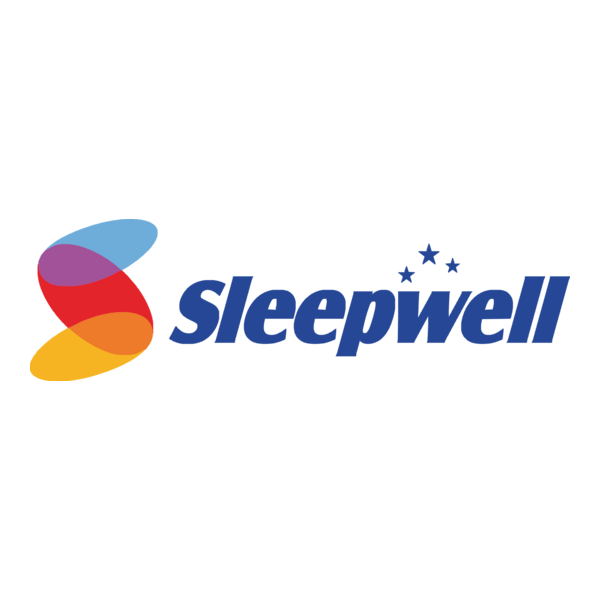Dot-Facts
- Info.Geek

- Jan 16, 2024
- 3 min read
Web3 Revolution: Unleashing Decentralization and Blockchain Innovation
You know that the internet is always growing and changing. But it’s not just websites and platforms that are falling in and out of favor; the very code on which the internet is built is constantly in flux. In the past few years, some tech futurists have started pointing to Web3, a term coined by computer scientist Gavin Wood, as a sign of things to come. Web3 is the idea of a new, decentralized internet built on blockchains, which are distributed ledgers controlled communally by participants.
Momentum around elements of Web3 has increased significantly since 2018, in areas like equity investment, online searches, patent filings, scientific publications, job vacancies, and press reports. The financial services industry has been at the vanguard of emerging Web3 technologies and assets.
What are Web1 and Web2?
First, if there’s going to be a Web3, you should understand what Web1 and Web2 are. Web1 was the first draft of the internet, the one that proliferated in the 1990s and early 2000s. Much of Web1 was built using “open protocols,” which are ways of exchanging information that can be used by anyone, rather than just one entity or organization. Back then, people mostly used the internet to read web pages and chat with friends or strangers. As Web1 progressed, individuals and companies began using the internet increasingly for e-commerce, as well as for academic and scientific research.
Web2 came about in the mid-2000s, when a new crop of internet companies—upstarts like Facebook, Twitter (now X), and Wikipedia—empowered users to create their own content. But there was a cost to these free-to-use “emergent social software platforms,” as MIT research scientist Andrew McAfee described them in 2009. These companies monetized user activity and data by selling them to advertisers while retaining control over proprietary decisions about functionality and governance.
Key Web 3.0 features and technologies
Blockchain: A blockchain is a digitally distributed, decentralized ledger that exists across a computer network and facilitates the recording of transactions. As new data are added to a network, a new block is created and appended permanently to the chain. All nodes on the blockchain are then updated to reflect the change. This means the system is not subject to a single point of control or failure.
Smart contracts: Smart contracts are software programs that are automatically executed when specified conditions are met, like terms agreed on by a buyer and seller. Smart contracts are established in code on a blockchain that can’t be altered.
Digital assets and tokens: These are items of value that exist only digitally. They can include cryptocurrencies, stablecoins, central bank digital currencies (CBDCs), and NFTs (nonfungible tokens). They can also include tokenized versions of assets, including real things like art or tickets to concerts or sporting events.
When will Web 3.0 be released?
Much of Web 3.0 is already here since blockchain and its applications are increasingly becoming a reality. Still, it took over 10 years to transition from Web 1.0 to Web 2.0, and most observers expect it to take just as long, if not longer, to fully implement and reshape the web into Web 3.0.
Some of the Web. 3.0 trends that have been on experts' radars for a few years are bearing fruit. The tokenization of web assets is already happening. Gartner predicts that 25% of businesses will have decentralized apps by 2024 but will wrap them inside centralized applications. Social media companies, notably Meta, are beginning to offer metaverse content created by users. Major brands including Starbucks and the NBA have started offering NFTs.









Comments